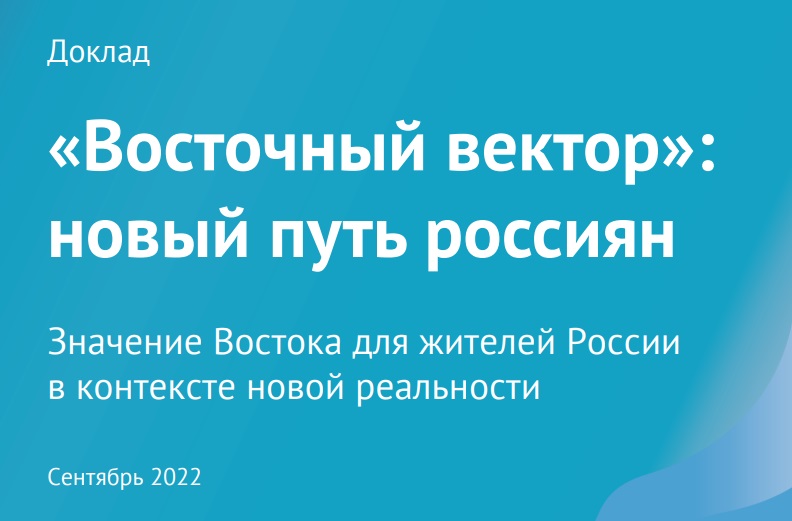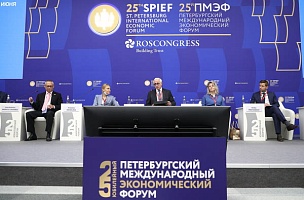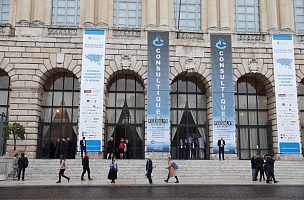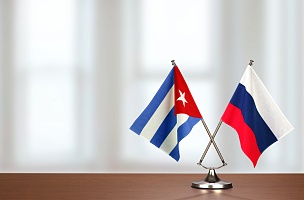As part of the Eastern Economic Forum 2022, the
All-Russian Public Opinion Research Centre (VTsIOM) conducted a survey among
1,600 Russians aged 18 and over on attitudes towards the idea of cooperation
with the countries of the East in the new reality.
A joint analytical report by VTsIOM and the
Roscongress Foundation, “Eastern vector”: a new path for
Russians. The meaning of the East for the inhabitants of Russia in the context
of the new reality, which will be presented at the EEF 2022.
It answers the following questions:
· How
did Russians perceive its pivot to the East?
· What
do Russians understand under the word ‘East’?
· What
type of cooperation do they consider a priority? How willing are they to prefer
products from the East to familiar European and American brands?
· Does
it make sense to talk about the East in general without mentioning specific
countries and economic zones?
The
majority of Russian respondents have encountered such a concept as ‘the pivot
to the East’ (66.3%). At the same time, 28.1% are firmly aware of it and 38.2%
have ‘heard something’ about it, while 31% have heard about it for the first
time during the survey.
By ‘pivot to the East’ respondents mean
primarily trade and economic cooperation (57.6% stated that), with 22.4% seeing
political cooperation. Only 4.6% see cultural cooperation in the ‘pivot to the
East’.
However, if we consider the sphere of trade and
economic cooperation, the promising ranking of Eastern countries, according to
Russians, includes China (66.3%), India (24.1%), Iran (8.7%), Turkey (6.3%),
and Kazakhstan (5.4%). However, Russians have had different experiences of
products from these countries. For example, 77.4% of respondents have used
goods from China and are prepared to continue doing so; 7% are prepared to give
them up after their experience, while 7.1% do not want to use products from
China. In the case of India, 28.1% are prepared to continue using them, 3.1%
intend to give them up, and 29.9% do not want to have any experience with them.
“The Eastern Economic Forum is
largest convention and exhibition for dialogue between Russia and eastern
countries, mainly countries of Asia Pacific. This year, the Forum hosted a
whole range of discussions on Russian-Chinese cooperation, as well as business
dialogues Russia–ASEAN, Russia–Vietnam, Russia–India, and
Russia–Mongolia. They bring together public
officials, leading businesspeople, and expert of various countries. At
the same time, as a non-financial development institute that targets improving
the quality of life for Russian people, it is important for us to understand
how people perceive Forum agenda. This is why we have initiated joint research
together with VTsiOM and are happy to share its results,” said Alexander
Stuglev, CEO and Chairman of the Roscongress Foundation.
Kirill Rodin, Director of
Government Relations at VTsIOM, commented on the publication of the joint
analytical report: “We prepared the analytical material as part of the Eastern
Economic Forum, whose main theme – ‘The Path to a
Multipolar World' – is relevant and significant.
VTsIOM conducted a nationwide survey of the population and on the basis of this
our experts prepared an analytical material reflecting the main conclusions
about the attitude of Russians to the idea of a ‘pivot to the East’, the
prospects for cooperation and the perception of goods from the East.”
The nationwide telephone survey was
conducted on 25 August 2022, with 1,600 Russians aged 18 and over participating
in it. The survey method was a telephone interview using a stratified random
sample drawn from the full list of cellular phone numbers involved in the
Russian Federation. The data were weighted by socio-demographic parameters. The
margin of error with 95% probability does not exceed 2.5%. In addition to bias,
question wording and various circumstances arising in the course of fieldwork
can introduce bias into the survey data.






